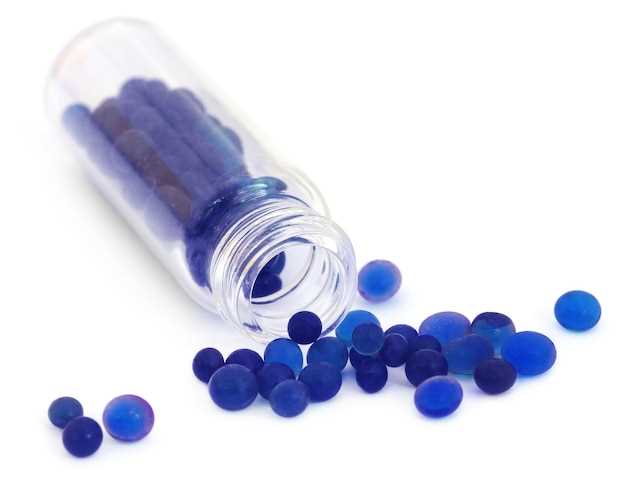
Are you looking for a powerful combination to treat depression and anxiety? Look no further than Mirtazapine and Venlafaxine! This dynamic duo of medications is proven to provide relief and support for those struggling with mental health issues.
Mirtazapine works by increasing the levels of serotonin and norepinephrine in the brain, helping to improve mood and relieve symptoms of depression. On the other hand, venlafaxine is a serotonin-norepinephrine reuptake inhibitor (SNRI) that helps to balance chemicals in the brain and alleviate anxiety.
When used together, Mirtazapine and Venlafaxine create a synergistic effect, providing comprehensive treatment for a range of mood disorders. Say goodbye to the struggles of depression and anxiety with this powerful combination!
Mirtazapine and Venlafaxine Combination
The combination of mirtazapine and venlafaxine is a promising approach in the treatment of depression and other mood disorders. This combination therapy targets both serotonin and norepinephrine pathways, providing a synergistic effect that can lead to improved symptom relief.
Benefits of Combination Therapy

Using mirtazapine and venlafaxine together can offer several benefits compared to using either medication alone. These benefits include:
| 1. Enhanced efficacy: | The dual mechanism of action of mirtazapine and venlafaxine can lead to better overall symptom control and improved response rates. |
| 2. Faster onset of action: | The combination therapy may provide a quicker relief of symptoms compared to using either drug as monotherapy. |
| 3. Reduced side effects: | By combining lower doses of mirtazapine and venlafaxine, it is possible to minimize the side effects associated with each medication. |
Overall, the mirtazapine and venlafaxine combination represents a valuable treatment option for patients who have not responded adequately to standard antidepressant therapies.
Benefits of Combination Therapy
Combining mirtazapine and venlafaxine offers a synergistic effect in treating depression and anxiety disorders. This combination therapy enhances the efficacy of treatment by targeting multiple neurotransmitters simultaneously.
By combining these two medications, patients may experience faster relief of symptoms compared to using either drug alone. This approach is particularly beneficial for patients who have not responded adequately to single-agent therapy.
Furthermore, the combination of mirtazapine and venlafaxine allows for lower individual doses of each medication, potentially reducing the risk of side effects while maintaining therapeutic benefits.
Overall, combining mirtazapine and venlafaxine in therapy has shown promising results in improving treatment outcomes for patients with depression and anxiety, offering a well-tolerated and effective option for managing these conditions.
Target Patient Population
The target patient population for the combination therapy of mirtazapine and venlafaxine includes individuals who have been diagnosed with treatment-resistant depression (TRD) and have not responded adequately to monotherapy with either mirtazapine or venlafaxine alone.
It is important to note that this therapy should only be prescribed by healthcare professionals with experience in managing TRD and should be closely monitored throughout the treatment period.
Patients with severe depression symptoms, including persistent sadness, loss of interest in activities, changes in appetite or weight, and sleep disturbances, may benefit from the synergistic effects of mirtazapine and venlafaxine.
Individuals who have previously tried multiple antidepressants without success may also be candidates for this combination therapy.
Administration and Dosage Guidelines
When administering the combination therapy of Mirtazapine and Venlafaxine, it is essential to follow the recommended dosage guidelines to ensure safety and efficacy. The dosage will vary depending on the individual patient’s condition, medical history, and response to treatment.
Recommended Dosage
The typical starting dose of Mirtazapine is 15mg once daily, preferably at bedtime. The dosage can be gradually increased by 15mg every 1-2 weeks based on the patient’s response. The maximum recommended dose is 45mg per day. Venlafaxine is typically started at a dose of 37.5mg twice daily, which can be increased to a maximum of 225mg per day in divided doses.
It is crucial to monitor the patient closely during the initial weeks of treatment and adjust the dosage as needed to achieve the desired therapeutic effect while minimizing potential side effects. Dosage adjustments should be made under the supervision of a healthcare professional.
Administration Guidelines
The combination therapy of Mirtazapine and Venlafaxine should be taken orally with or without food, as directed by the healthcare provider. It is important to take the medications at the same time each day to maintain consistent blood levels and improve treatment outcomes.
| Medication | Recommended Dose | Administration |
|---|---|---|
| Mirtazapine | 15mg-45mg daily | Once daily at bedtime |
| Venlafaxine | 37.5mg-225mg daily | Divided doses, 2-3 times daily |
It is important for patients to adhere to the prescribed dosage and administration schedule to maximize the benefits of the combination therapy and minimize the risk of adverse effects. Patients should never adjust their dosage or stop taking the medications without consulting their healthcare provider.
Potential Side Effects

Mirtazapine Side Effects:
1. Weight gain or increased appetite
2. Drowsiness or sedation
3. Dry mouth or constipation
4. Dizziness or blurred vision
Venlafaxine Side Effects:
1. Nausea or vomiting
2. Headaches or insomnia
3. Increased blood pressure
4. Anxiety or nervousness
Please consult your healthcare provider for a complete list of potential side effects and guidance on managing them.
